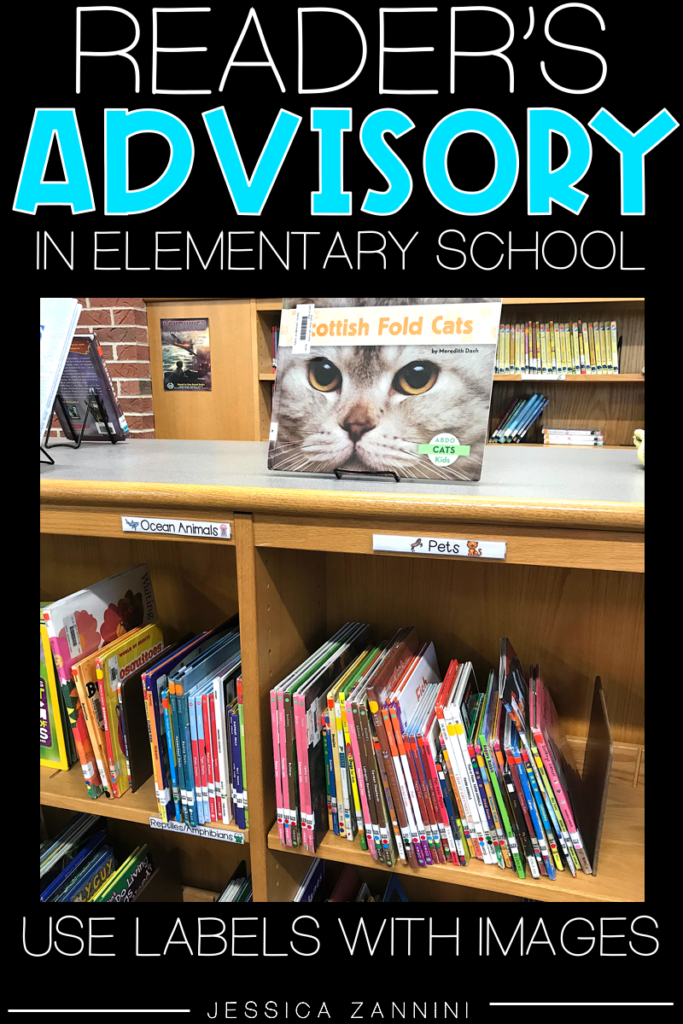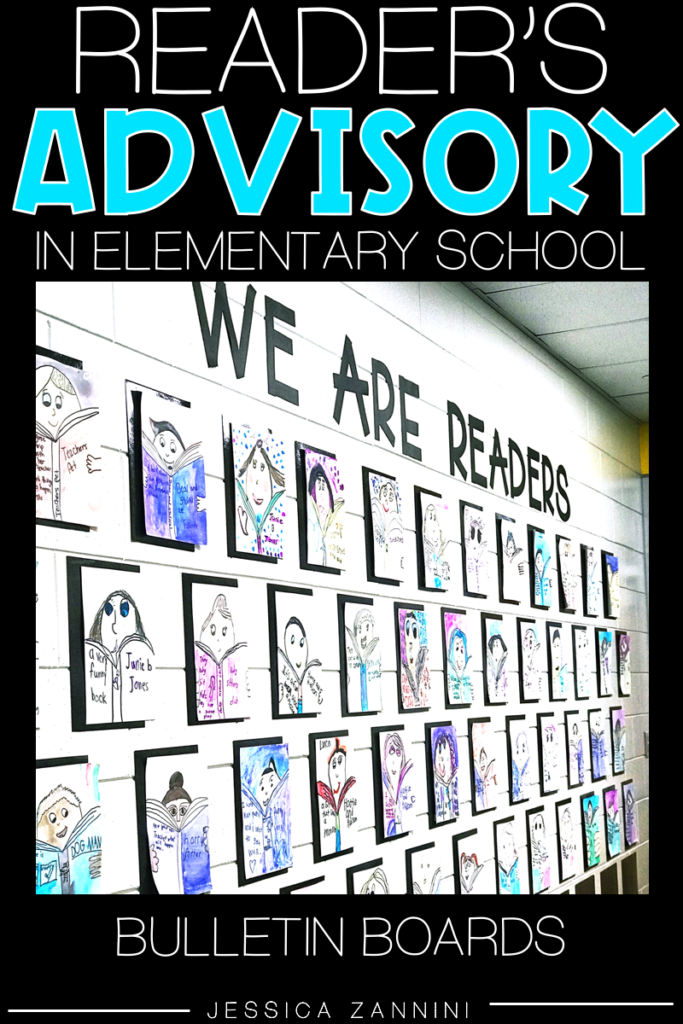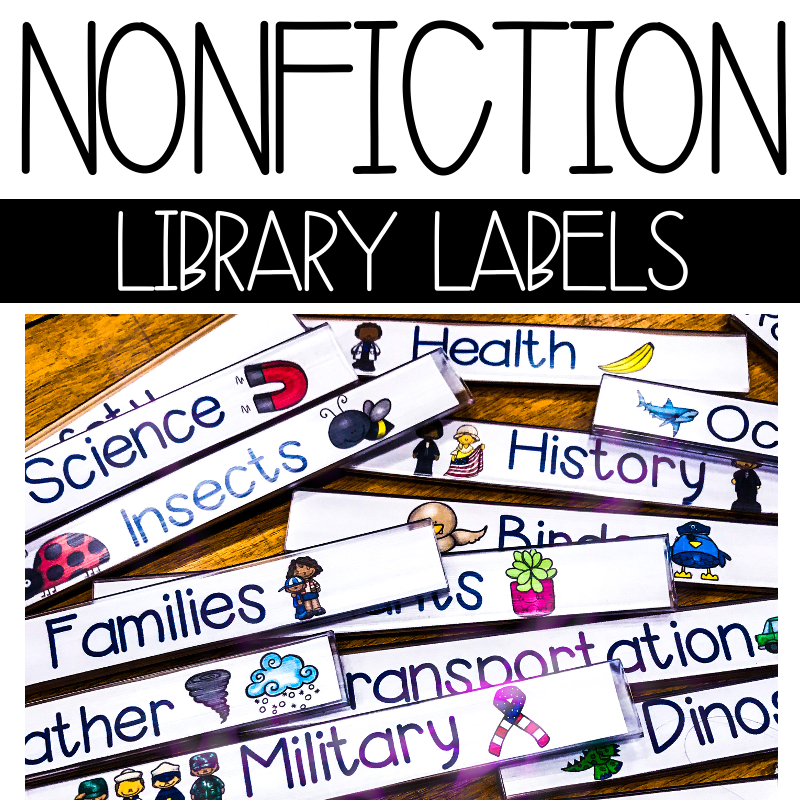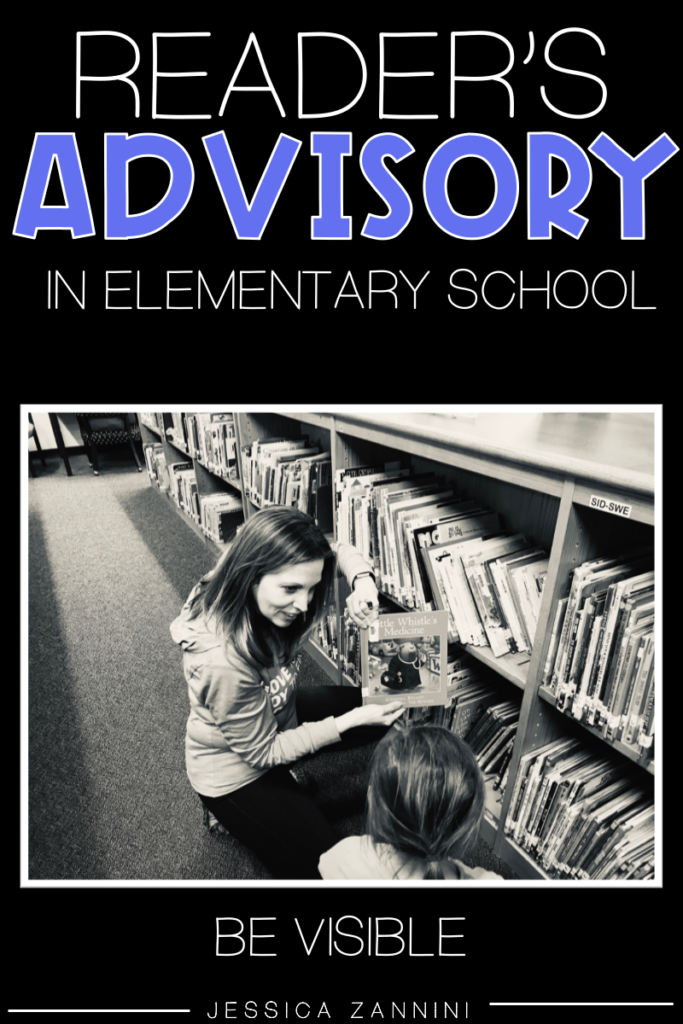What is Readers’ Advisory?
Matching a reader with the perfect book is the quickest way to build great readers. How can you guide young readers to that perfect book?
The answer – with a readers’ advisory.
In the elementary school setting readers advisory can be tricky. Writing reviews with books on display will not help young students who are just learning to read.
Here are some fun ways to advise young readers on their next great read.
When advising children on books it is important to have a wide range of ways to help them find that book they are wanting.
Being visible and approachable is crucial to reader advisory in the elementary school. Having conversations when students are looking for a book is the key time to learn about their interests and help them find the right book for them.
Readers’ Advisory in elementary libraries can present some challenges.
Younger students are not quite sure what they want to read yet. They are often selecting books that are going to be read to them by another person.
New students who are required to come to the library are often overwhelmed or want something in this library that they had at their old school.
You can still reach those kids who like to do things on their own or are too shy by making the books easy to find. Here are a few other ways to do readers advisory. (Check out the images at the bottom of the page to learn more about these ideas.)
Book Displays to Advise Reader:
Often times elementary school librarians hear conversations in passing about books kids want to find. Creating book displays on topics is a great way to get those books visible. (You can use these ideas with a classroom library as well.)

- Place books onto of the bookshelves so that the cover is facing readers.
- Create theme tables on seasonal or topics related to interests and learning.
- Create Dewey Displays that highlight what can be found in each of the hundreds.
- Have plenty of Bookmarks to give out. I love using these coloring bookmarks so students can write about what they are reading.
- Write notes on books about why readers should check this book out. You can also use these Readers’ Advisory Display Cards.
Wall Displays for Reader Advisory:

- Have Bulletin Boards with reviews of favorite books. Try using this Directed Drawing Book Review. Students drew themselves or a reader of their choice reading the book they would review. The book had the cover with the title and author. Then the students wrote a review on the back of the book. This has been a hit with the students and often they request books from this display.
- Use signs for identifying specific locations. To help students learn what is available in each of the Dewey Decimal System nonfiction sections, I use these posters.

- Labeling the shelves with specific topics can also help readers find those specific topics. I use these shelf labels and insert these topic labels that have words and pictures to assist all elementary level students in finding the topics they want to read.

Book Talks:
- Talking about the books in your library is the easiest way to sell readers on a new book. You can talk about the books you loved reading, or read the book summary on ones you have not read yet.
- Talk about 2-3 books on a specific genre or ones that meet the current interests of your students.
- Find similar books to the ones that are popular in your library to entice a new read.

Readers Advisory with Social Media
So how can you use this to promote and share books in the library? Create a page that is specific to your library on Instagram. Have the school and/or PTA share books on their pages.
- Just adding pictures will let families and teachers know what they might find in the library.
- Go LIVE to do a book talk.
- Do a page pairing showing similar books. If you liked this…then try this…
- This is an easy way you can be visible beyond the library walls.

Beyond social media, try using the school news show. In many schools this broadcast is seen throughout the entire school. It is a great way to let everyone know the same information. Want to get them running through the doors? Tell them about the new book order that has all of their favorites!
On the Move – Nonfiction Split

We moved all nonfiction books with a reading level of 2.0 to a separate nonfiction section that does not follow the Dewey Decimal System. This section uses labels with pictures and words and groups them into categories. Some examples of the categories are: sports, wild animals, plants, safety, seasons, transportation, military and ocean animals.
This move increased the circulation of nonfiction books quickly. Books that were never found in the Dewey Decimal section were checked out and enjoyed within the first week.
You can learn more about this move in this article HERE.
What’s Your Genre
Once a reader finds their genre, they often stick to it. You can divide up your library into genres, or get genre stickers to put on the spine that let readers know a certain book is in a genre.
Looking for Book Ideas? Check out these suggestions:
[…] You can grab Reader Advisory Display Templates in this article. […]